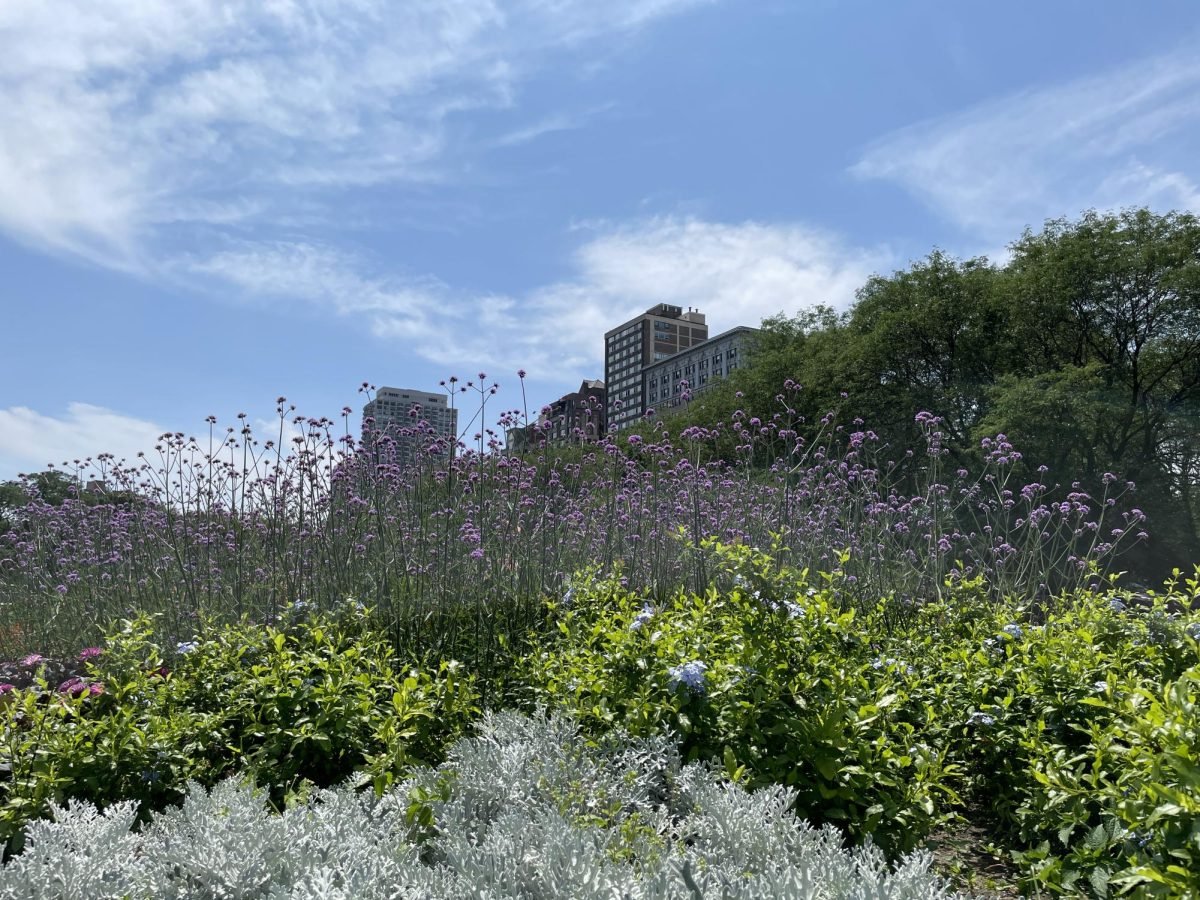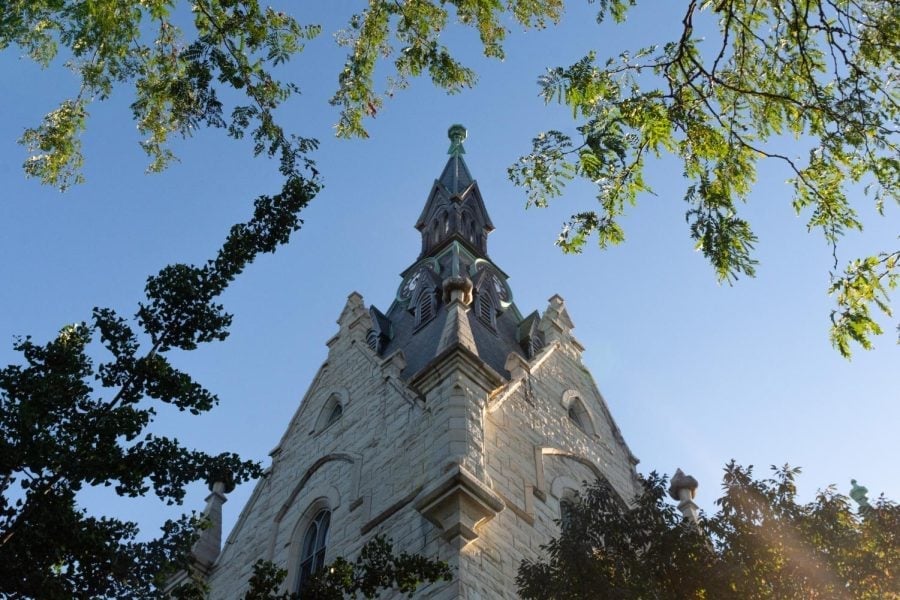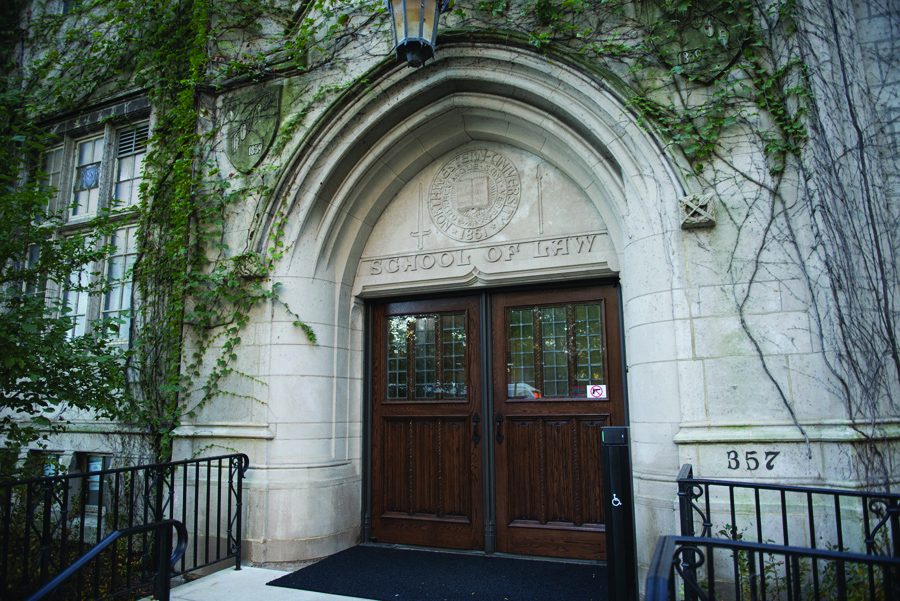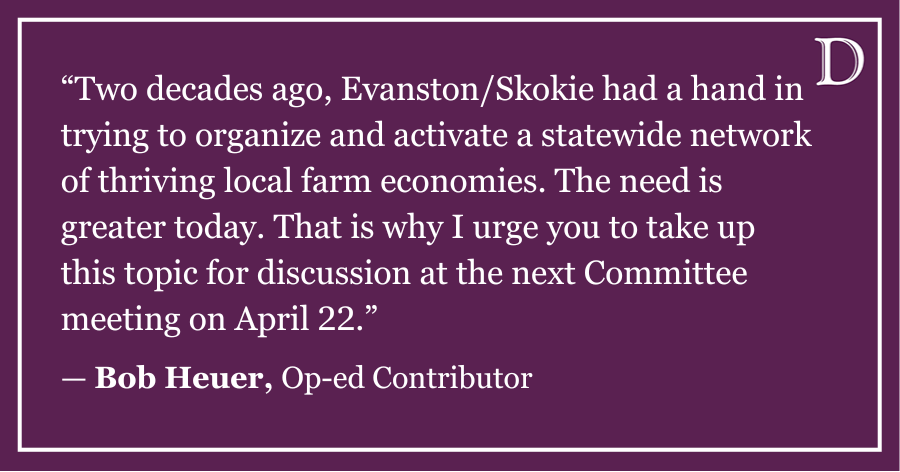 In Barcelona, the Catalonian cultural tradition of human towers, or Castells, is a source of strength and community.
In Barcelona, the Catalonian cultural tradition of human towers, or Castells, is a source of strength and community.
ANITA LI: Imagine you walk into a Catalonian plaza, and you see a guy climbing onto the shoulders of another guy, and then someone climbs on their shoulders, and over, and over, until finally, a child climbs on the very top, forming a human tower nine people tall.
[Clapping sound]
Well, Weinberg junior Bryden Behrens saw these Castells, or human towers, when he decided to study abroad in Barcelona this past fall.
BRYDEN BEHRENS: It was death-defying and breath-taking and adrenaline-rushing in every sense of the word. You’re watching people literally climb each other and you’re just scared to death that they’re gonna fall.
[music]
ANITA LI: From The Daily Northwestern, I’m Anita Li. This is Podculture, a podcast about arts and culture on campus and beyond. This episode features the Catalonian tradition of Castells, or human towers.
[music]
[fade into music of toc de castell]
ANITA LI: When Joan Boada hears the Toc de Castells, he feels a lot of weight on his shoulders … literally. For the past 35 years, he’s been forming Castells as a member of the Minyons de Terrassa.
In November, his colla castellera, or group, formed towers that were nine people high.
JOAN BOADA: You need a lot of mental self-control and very good control of your breathing, because people start to climb on top, and everything disappears. You are left without light and with very little air.
ANITA LI: However, Boada enjoys it so much that he doesn’t see it as a challenge.
JOAN BOADA: For those that do Castells, nothing is hard. Everything is marvelous.
ANITA LI: Gloria Jorba, a member of this colla castellera since 2016, agrees. Her proudest moment is when she helped form three Castells in a new position.
GLORIA JORBA: I’ve never been under so many people. Being able to withstand holding three people above me, and the smaller people on top, that was an explosion of emotions. You feel capable, proud and it’s really cool.
ANITA LI: Castells, which means castles in Catalan, have been around for over 300 years. It’s traditionally performed during major holidays in Catalonia, a region in the northeast of Spain that’s home to Barcelona. There are many different formations, but all of them have a wide base called the pinya.
The pinya consists of concentric circles of people pushing toward the center to stabilize the tower. It also acts as a cushion if people in the upper levels fall down. The tower forms from the middle, where people scale up on the backs of others. To minimize weight, the number of people decreases with each floor, and the lightest person, often a child, stands at the top.
JOAN BOADA: You need people of all different ages and body types. You need tall people, short people, big people, small people, young people, older people and kids. The younger people are towards the top. And in the pinya, it’s older people.
ANITA LI: Boada is also a group coordinator of the Minyons. He says the group has no cuts, but there’s seven to 10 hours of rehearsals a week plus weekend performances. In July, the group performed in Bosnia.
Boada says the team has 300 to 400 regular members, but for important performances with taller towers, there’s up to 800 participants, the majority supporting the tower as part of the pinya. For example, Jorba says for a tower with nine floors, there’s 170 people in the pinya alone. Putting together big formations like this is a highlight of her week.
GLORIA JORBA: When you’re here, you’re with people you know, people you get along with. You enter through the door, and you forget the problems you’re having at work. You’re no longer tired, it all goes away.
ANITA LI: Both Jorba and Boada see themselves staying in the colla for a while.
JOAN BOADA: There’s always something new to do. I’ve done some Castells 150 times, but I don’t get tired of it.
ANITA LI: Why?
JOAN BOADA: Because it’s an epic activity. It’s hard to describe castells, because it’s a little bit of art, a little bit of athletics, a little bit of science as well. There was a president of yours that once said, we will go to the moon before this decade ends, not because it’s easy, but precisely because it’s difficult. That was said by John Fitzgerald Kennedy. I like Castells because they’re really difficult.
ANITA LI: And when it all comes together, Jorba says the feeling is incredible.
GLORIA JORBA: It’s like a puzzle, where everyone is a piece of the puzzle. And if all the pieces fit together, you get a Castell.
[more nat sound]
ANITA LI: If you want to see the Minyons’ human towers, go to our website www.dailynorthwestern.com, find this episode, and scroll to the bottom of the transcript.
[music]
ANITA LI: From The Daily Northwestern, I’m Anita Li. Thanks for listening to another episode of Podculture. This episode was reported and produced by me. The audio editor of The Daily Northwestern is Anita Li, the digital managing editors are Ashley Lee and Micah Sandy, and the editor in chief is Avani Kalra. Make sure to subscribe to The Daily Northwestern’s podcasts on Spotify, Apple Podcasts or SoundCloud to hear more episodes like this.
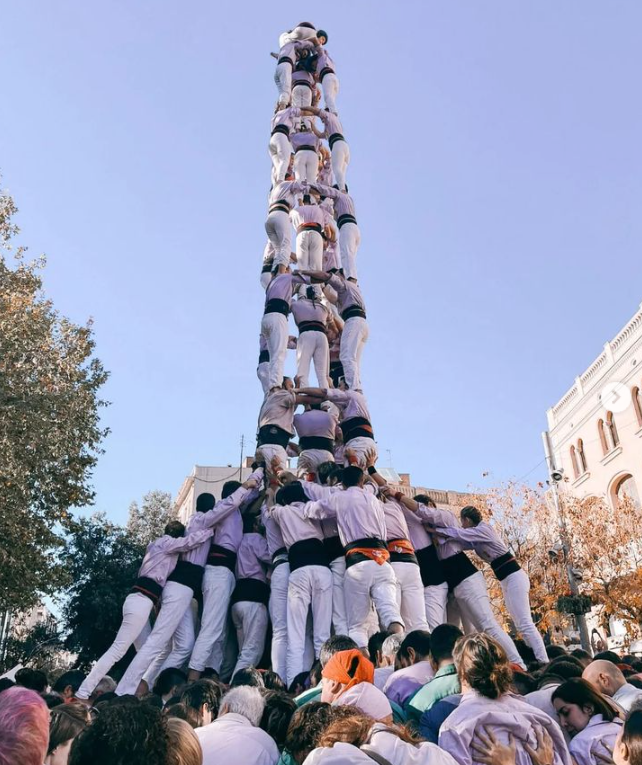
Email: anitali2025@u.northwestern.edu
Twitter: @lifeisfab02
RELATED STORIES:
— Digital Diaries: Spain under Quarantine
— Women’s Basketball: Northwestern builds camaraderie on-and-off-court during summer Spain trip
— Men’s Basketball: Northwestern to visit Spain for preseason games




